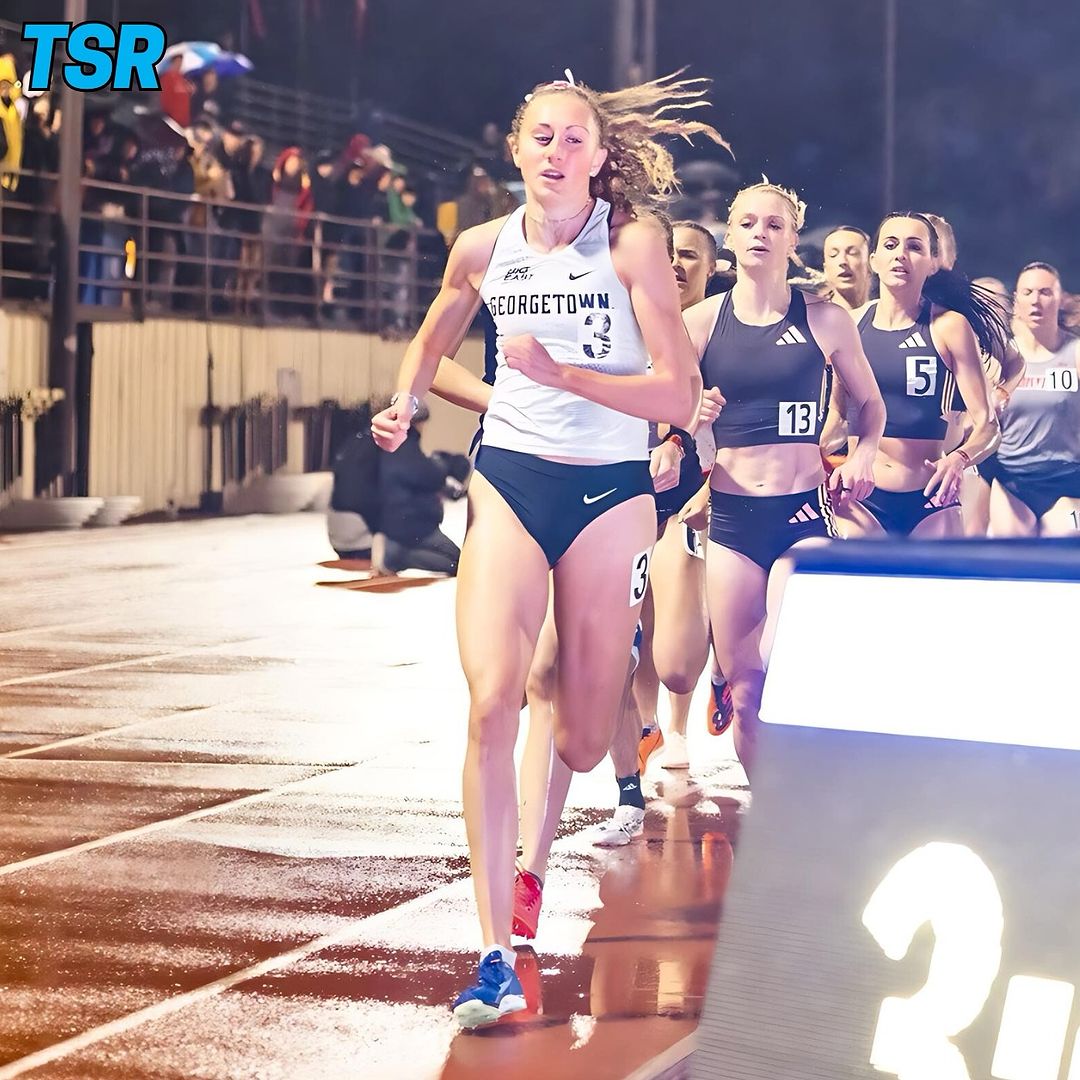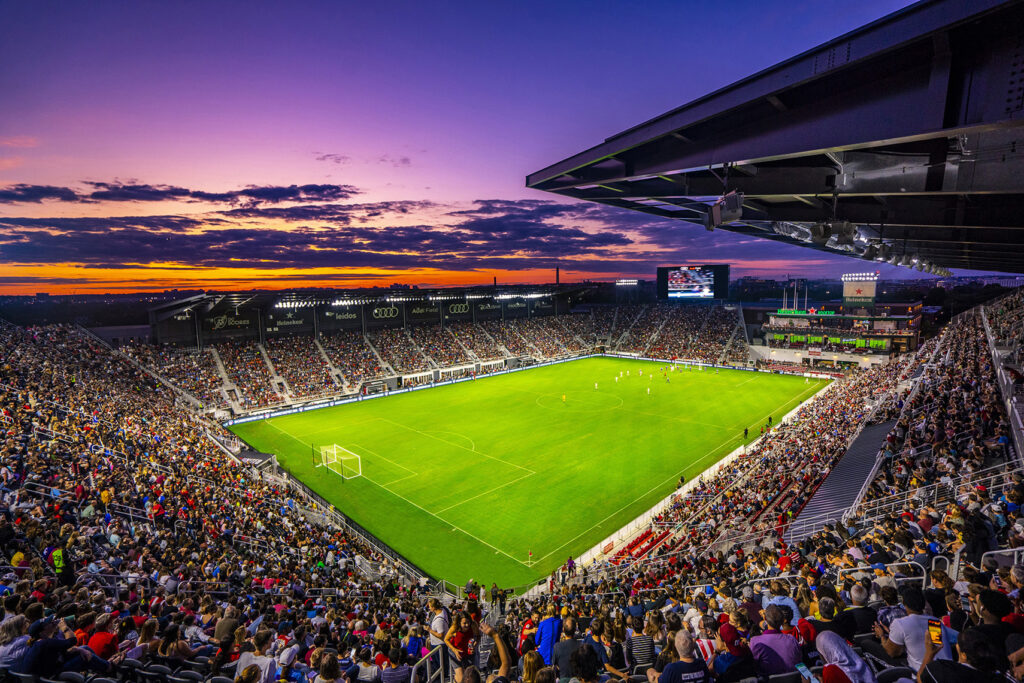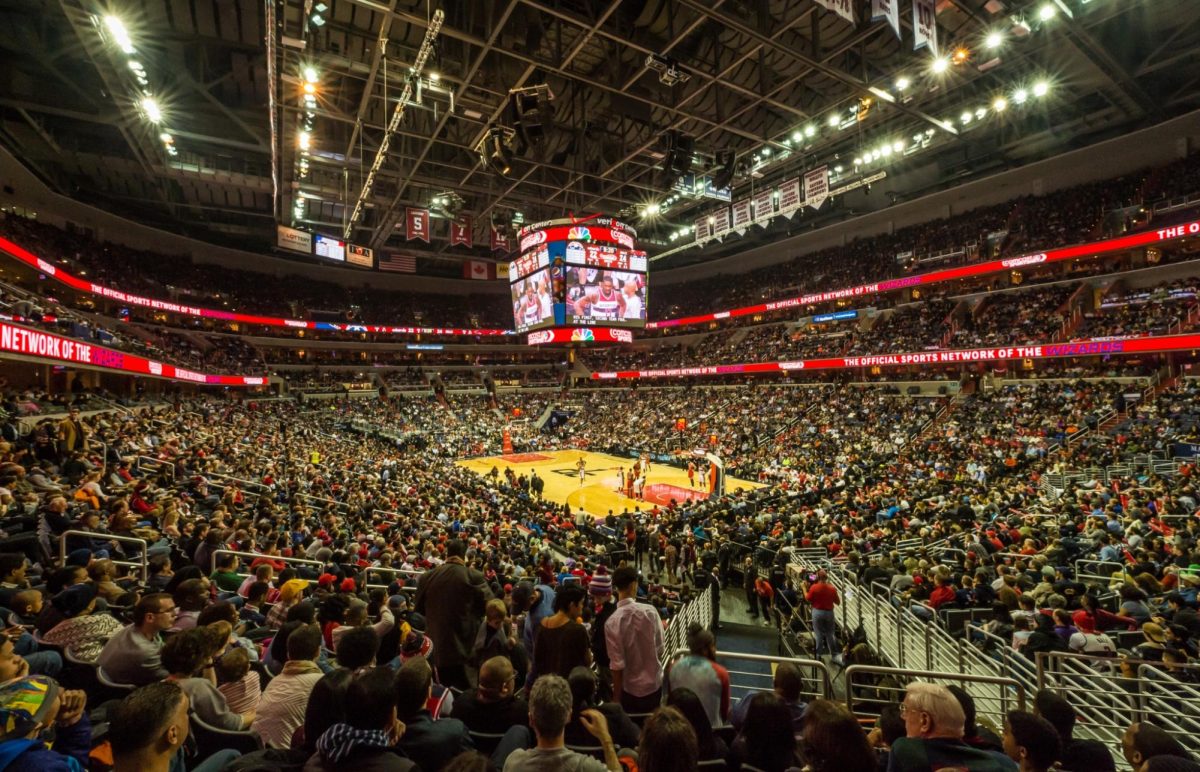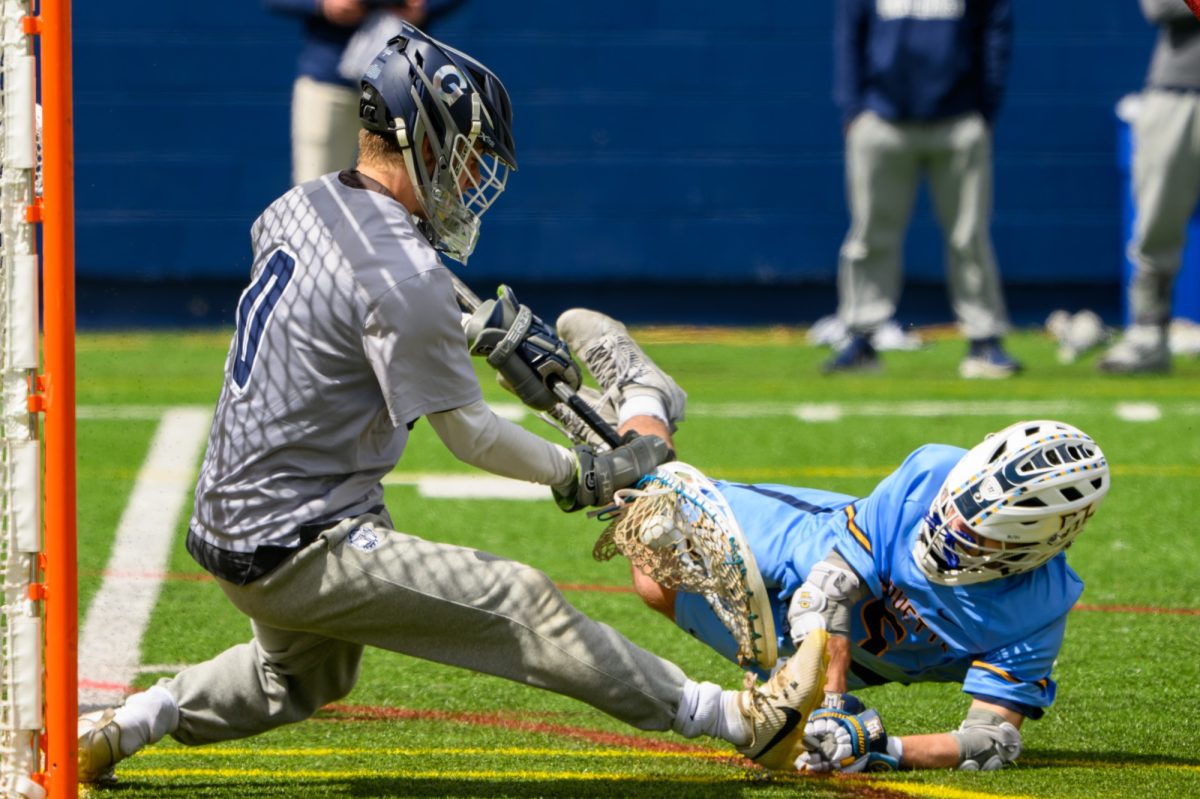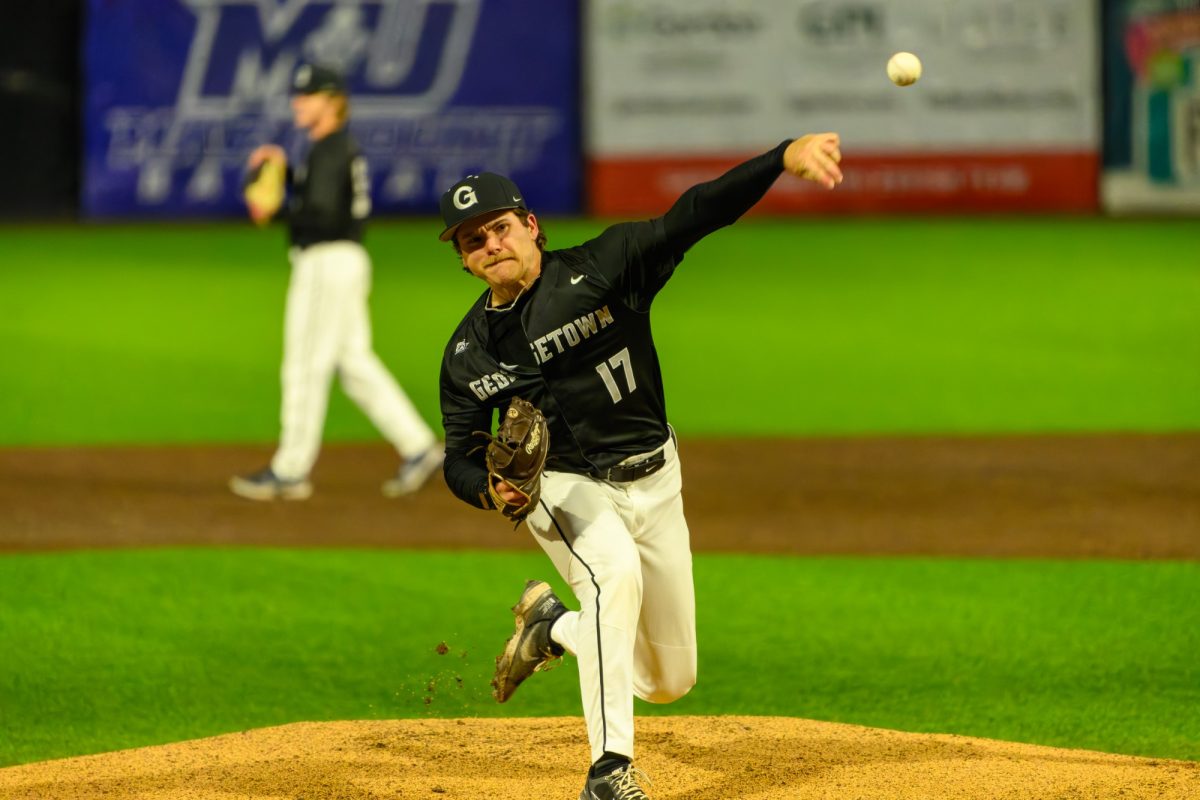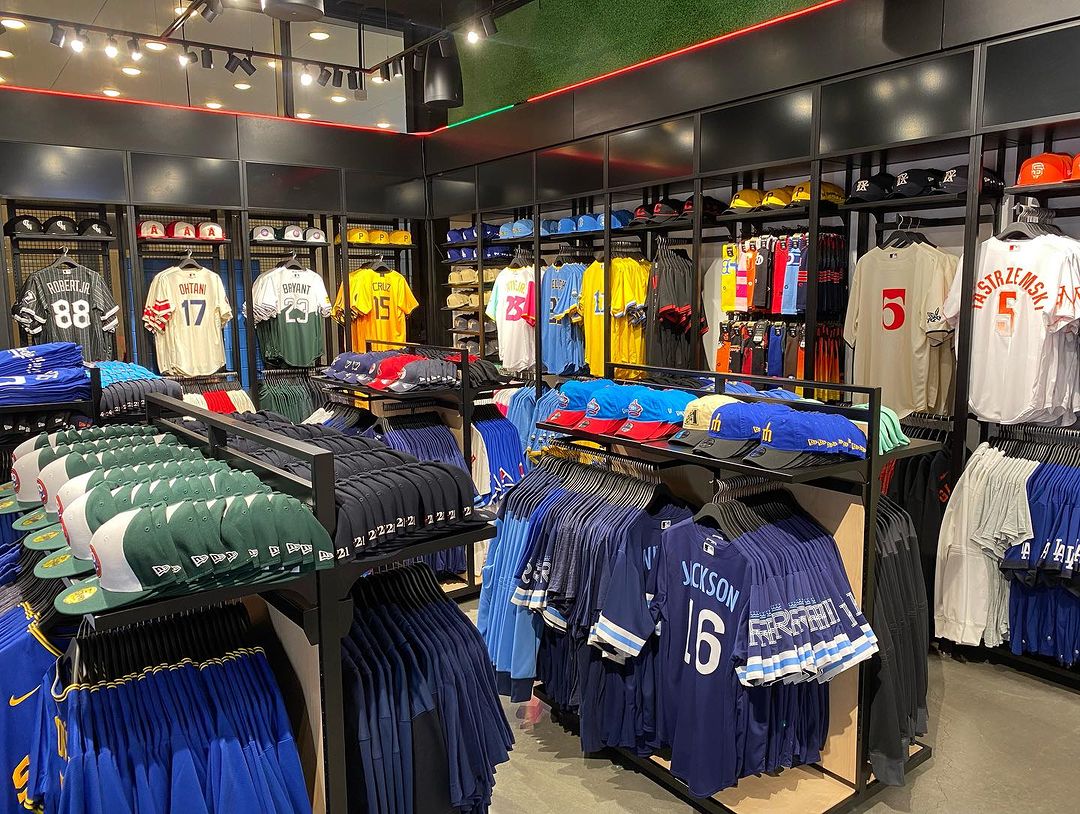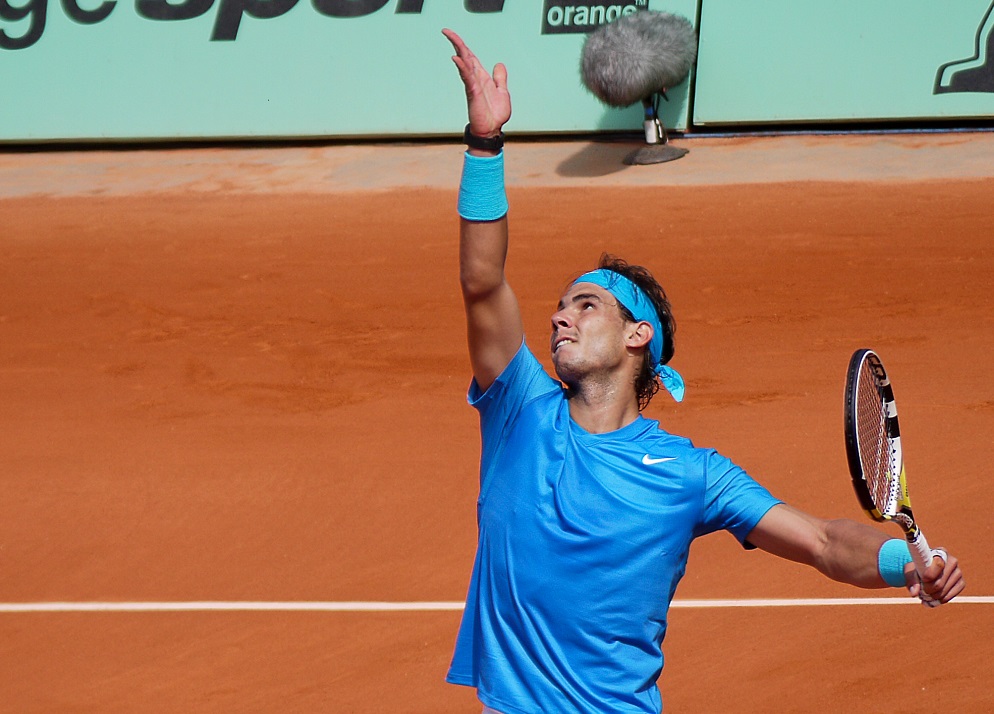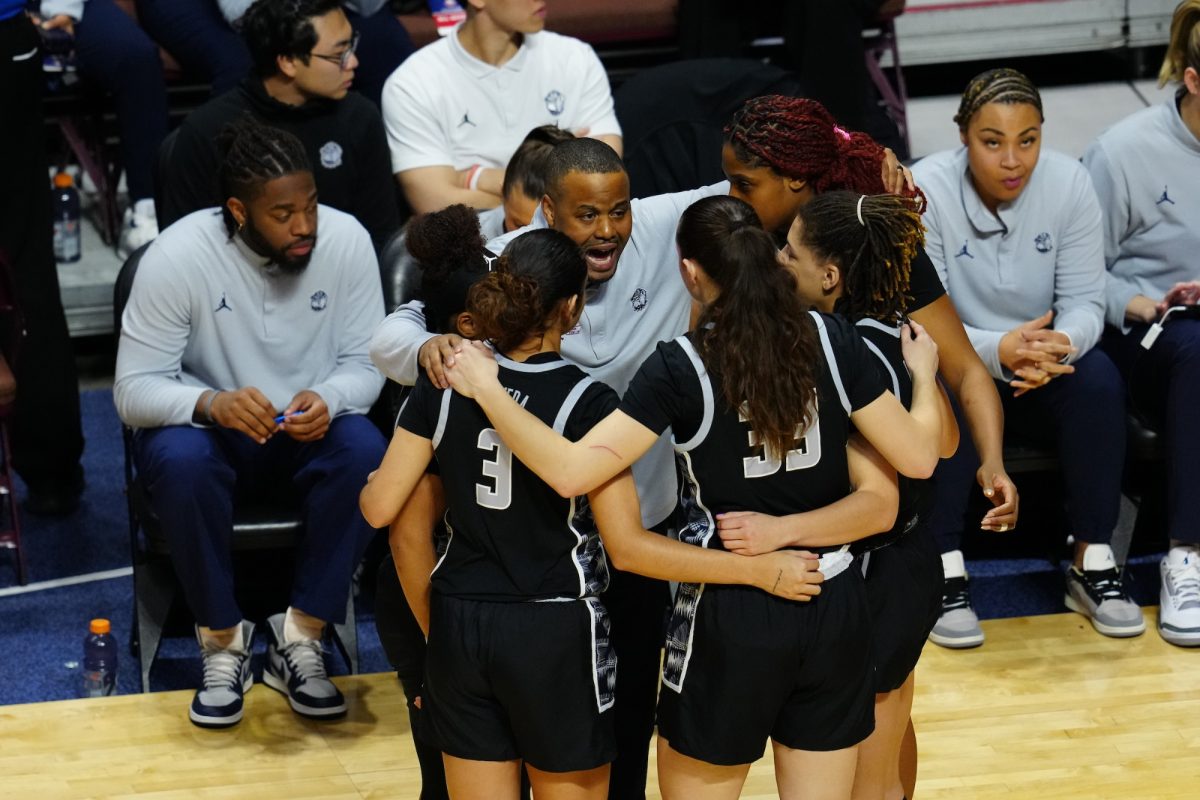You can still see the name on the long gray and brown signs that come into focus as the train slows to a halt. But it is a subtitle. “Gallery Place” is the primary name of the Metro stop, then, after a dash, “Chinatown.” The station was renamed “Chinatown” in 1986, but in 2011, the Metro Board reverted “Gallery Place” as the primary name of the stop, with “Chinatown” as a secondary name.
Washington’s Verizon Center opened as the MCI Center in December 1997, a state-of-the-art arena that brought D.C.’s NBA and NHL franchises out from the Capital Centre in sticks of Landover, Md. — where the Redskins still, lamentably, play today — and into the middle of the city those teams represent.
The neighborhood chosen for the new arena was an area known as both Chinatown and Gallery Place, depending mainly on the direction you were facing. “Gallery Place” comes from the Smithsonian National Portrait Gallery and American Art Museum, located across F Street from the student entrance of the building. “Chinatown” comes from, of course, Chinatown, a neighborhood with a complicated history that parallels the complicated history of downtown D.C. as a whole.
If you keep walking past the student entrance along 7th Street, you find the heart of Chinatown. The gigantic, ornate Friendship Archway was built to welcome the public into a neighborhood that developed in the 1930s and flourished in the rough days of the 1960s, 70s and 80s in downtown D.C.
Now, the Chinese restaurants, stores and other businesses of the neighborhood are becoming increasingly harder to find. Although the storefronts are still marked with Chinese letters, they now advertise businesses like Fuddruckers and Legal Sea Foods.
These chains have overtaken Chinatown, and, conceivably, a Georgetown student could easily miss the authentic Chinese restaurants that are opposite from the student entrance and Metro. The placement of these commercial businesses makes sense, as what has happened in Chinatown is common throughout D.C. The combination of a Metro station and corporate investment draws crowds and overshadows the landmarks that existed years before Verizon Center was built.
Gentrification is a process that is difficult to categorize as a problem or a solution, a sign of development or a culture-destroyer. There is no easy answer to the question of what it means, or how it should be managed. However, it is something that, at the very least, needs to be in the conversation.
The construction of large stadiums, historically, is targeted to bring about urban renewal. The construction of the former MCI Center in 1997 brought about an area, “viewed as prime for commercial real estate investment,” per an MIT study by JW Rizzo, transforming an “unsettling environment” into a “vibrant 24-hour community.” Verizon Center is surrounded by high-rise condo developments and national food chains competing for commercial venues with ever-increasing rental values.
By no means has it been a poison to the city. The revenue that the arena and its surroundings have injected into the D.C. economy has revitalized Washington.
According to the same MIT study, $4.6 billion has been spent on development in the area around the stadium and 39,000 jobs created as a result. The good that the professional sports organizations and their ownership has done for the community is immense. Cities invest in stadiums like this one all over the country, dreaming of the same kind of results that Verizon Center has brought.
Stadiums, however, have to be built somewhere, and cities do not typically have ample space to do so without consequence. Although newcomers tried to maintain its history, Chinatown’s heritage and presence was diminished by the arena’s construction. A beeline from the metro to the stadium will never include the Friendship Gate.
Admittedly, the original characteristics of city neighborhoods cannot be maintained indefinitely — transformation is inevitable and, for the most part, welcome. However, Chinatown and Verizon Center stand as fascinating monuments to the evolving local history of this city and a reminder of how residents can and must share in that heritage.
When you come up the stairs from the train platform and turn to go out the 7th and F Street exit, a giant colorful semicircle might catch your eye at the other end of the station. The work, called “The Glory of the Chinese Descendants” by Virginia artist Foon Sham, is intended to represent a Chinese fan above a red rice bowl.
It is easy to miss the connection and just see a neat neon display, but it makes a lot of sense if you are looking for it. Above the work sits Verizon Center, Gallery Place and Chinatown, all sharing a metro station. The relationship can certainly be tenuous and complicated. But at the very least it is one that should be remembered and explored.
Matt Raab is a sophomore in the School of Foreign Service. AROUND THE DISTRICT appears every Tuesday.












